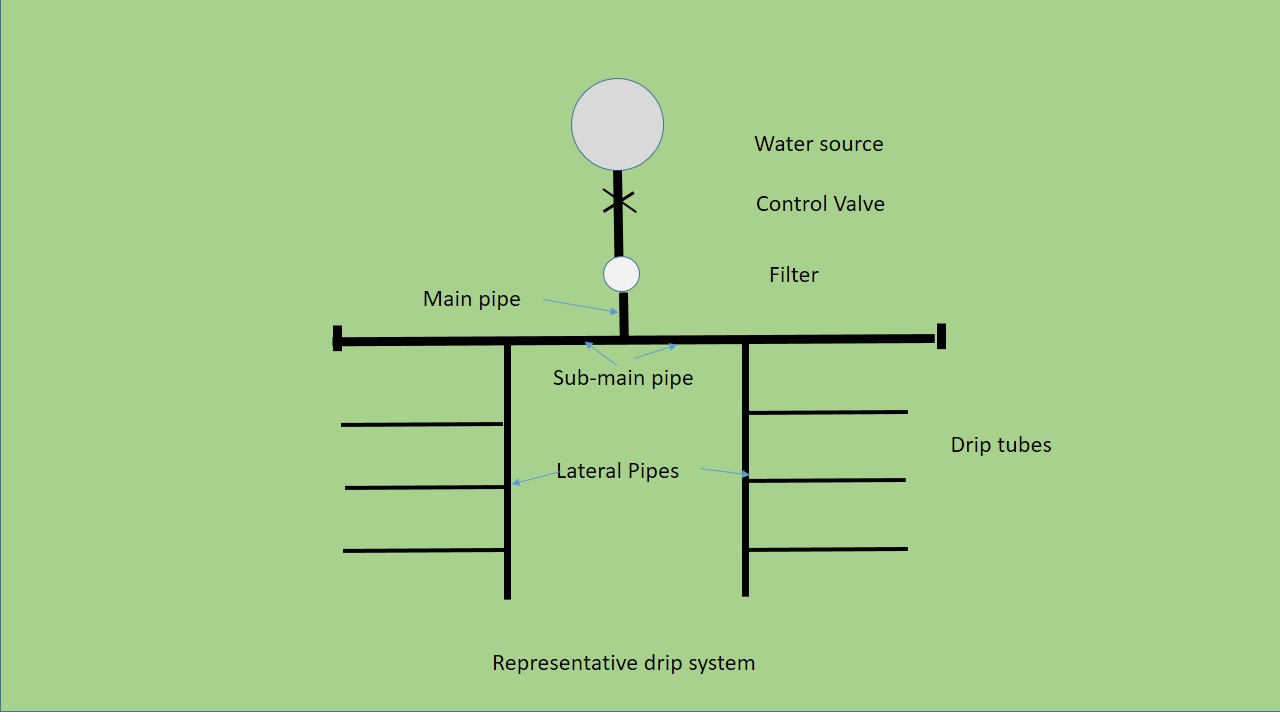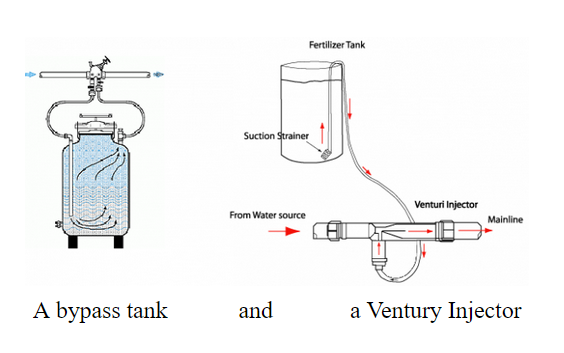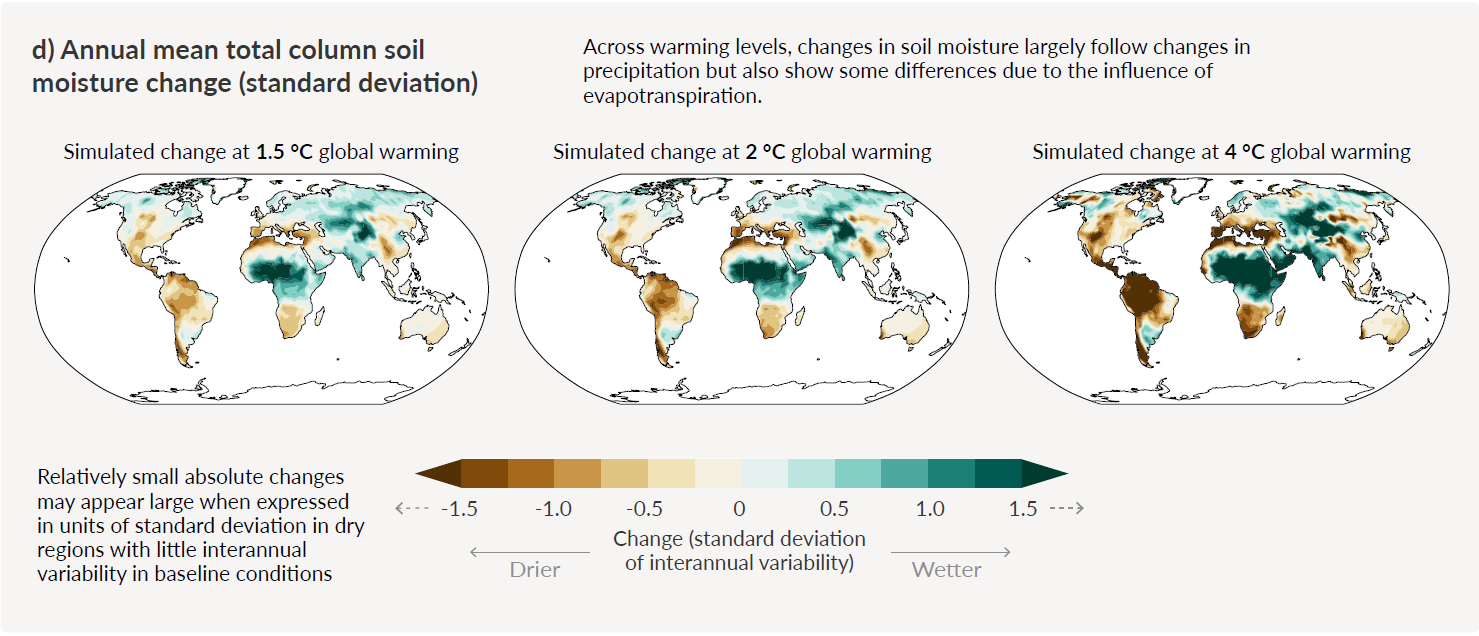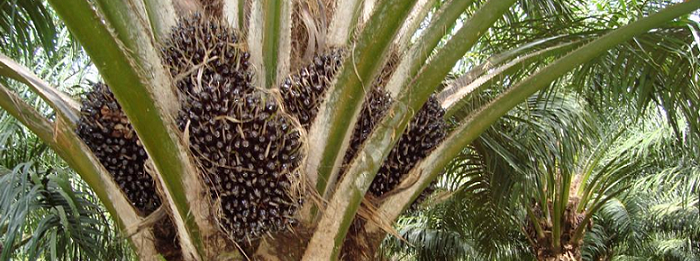

General Information of Moringa tree
Moringa is widely cultivated for its young seed pods and leaves, used as vegetables and for traditional herbal medicine. The plant has numerous common names across regions where it is cultivated, with drumstick tree, horseradish tree, or simply Moringa used in English.
Moringa derives from the Tamil word, murungai, meaning “twisted pod”, which alludes to the young fruit. The species name oleifera is derived from the Latin words oleum “oil” and ferre “to bear”.
Moringa is a fast-growing, drought-resistant tree of the family Moringaceae, native to the Indian subcontinent. The plant height varies from about 10 to 12 meters. The trunk diameter could be around 45 cm. It’s bark has a whitish-grey color and is surrounded by thick cork. Young shoots have purplish or greenish-white, hairy bark. The tree has an open crown of drooping, fragile branches, and the leaves build up a feathery foliage of tripinnate leaves.
The flowers are fragrant and hermaphroditic, surrounded by five unequal, thinly veined, yellowish-white petals. The flowers are about 1.0–1.5 cm (1/2 in) long and 2.0 cm (3/4 in) broad. They grow on slender, hairy stalks in spreading or drooping flower clusters, which are 10–25 cm long.
Soil requirement
The Moringa tree is grown mainly in semiarid, tropical, and subtropical areas. It requires sandy or loamy soil with a slightly acidic to slightly alkaline pH (pH 6.3 to 7.0). In waterlogged soil, the roots have a tendency to rot. Moringa is a sun- and heat-loving plant, and does not tolerate freezing or frost. Rainfall of around 250 – 3000 mm is suitable.
Cultivation practice
Soil preparations
Plowing is required only for high planting densities. It is preferred to plant by digging pits and refilling them with soil. Pits ensure good root system penetration without causing too much land erosion. Optimal pits are 30–50 centimeters (12–20 in) deep and 20–40 centimeters (7.9–15.7 in) wide.
Propagation
The direct seeding method is generally done since Moringa seeds are expected to germinate within 5–12 days after seeding at a depth of around 2 cm in the soil. Another way is to first seed it in plastic bags containing sandy or loamy soil and then transplant it into pits once it grows to about 30 cm. Cultivation from cuttings of 1 m length and 4–5 cm in diameter is also done. Such plants may not have a good deep root system and are more sensitive to drought and winds.
Because Moringa is cultivated and used in different ways, breeding aims for an annual or a perennial plant are obviously different. If cultivated for leaves production, then regular branch cutting is done.
Yield and harvest
Moringa can be cultivated for its leaves, pods, and/or its kernels for oil extraction and water purification. The yields vary, depending on season, variety, fertilization, and irrigation regimen. Moringa yields best under warm, dry conditions with some supplemental fertilizer and irrigation. Harvest is done manually with knives, sickles, and stabs with hooks attached. Pruning of trees is recommended to promote branching, increase production, and facilitate harvesting.
Fruits
The first harvest can take place 6–8 months after planting. Often, the fruits are not produced in the first year, and the yield is generally low during the first few years. By year two, it produces around 300 pods, by year three around 400–500. A good tree can yield 1000 or more pods. In India, a hectare can produce 31 tons of pods per year. Under North Indian conditions, the fruits ripen during the summer. Sometimes, particularly in South India, flowers and fruit appear twice a year, so two harvests occur, in July to September and March to April.
Leaves
Average yields of 6 tons/ha/year can be achieved. The harvest differs strongly between the rainy and dry seasons. The difference could be as large as 1100 kg/ha per harvest and 700 kg/ha per harvest, respectively. The leaves and stems can be harvested from the young plants 60 days after seeding and then another seven times in the year. At every harvest, the plants are cut back to within 60 cm of the ground. In some production systems, the leaves are harvested every 2 weeks.
Oil
One estimate for a yield of oil from kernels is 250 L/ha. The oil can be used as a food supplement, as a base for cosmetics, and for hair and the skin. Seeds of Moringa can also be used in the production of bio fuel.
Pests and diseases
The Moringa tree is not affected by any serious diseases in its native or introduced ranges. Insect pests that affect this plant are caterpillars, aphids, stem borers, fruit flies, and powdery mildew. Mites also affect this plant. For more on pests, readers may like to go through our blogs on Diseases and Pests and on the Concept of Integrated Pest Management.
Nutrients
Various parts of Moringa are edible:
- Immature seed pods, called “drumsticks”
- Leaves
- Mature seeds
- Oil pressed from seeds
- Flowers
- Roots
The table below shows the nutritional content of 100 g per plant material.
| Nutrients | Fresh leaves | Dry leaves | Leaf powder | Seed | Pods |
| Calories (cal) | 92 | 329 | 205 | – | 26 |
| Protein (g) | 6.7 | 29.4 | 27.1 | 35.97 ± 0.19 | 2.5 |
| Fat (g) | 1.7 | 5.2 | 2.3 | 38.67 ± 0.03 | 0.1 |
| Carbohydrate (g) | 12.5 | 41.2 | 38.2 | 8.67 ± 0.12 | 3.7 |
| Fiber (g) | 0.9 | 12.5 | 19.2 | 2.87 ± 0.03 | 4.8 |
| Vitamin B1 (mg) | 0.06 | 2.02 | 2.64 | 0.05 | 0.05 |
| Vitamin B2 (mg) | 0.05 | 21.3 | 20.5 | 0.06 | 0.07 |
| Vitamin B3 (mg) | 0.8 | 7.6 | 8.2 | 0.2 | 0.2 |
| Vitamin C (mg) | 220 | 15.8 | 17.3 | 4.5 ± 0.17 | 120 |
| Vitamin E (mg) | 448 | 10.8 | 113 | 751.67 ± 4.41 | – |
| Calcium (mg) | 440 | 2185 | 2003 | 45 | 30 |
| Magnesium (mg) | 42 | 448 | 368 | 635 ± 8.66 | 24 |
| Phosphorus (mg) | 70 | 252 | 204 | 75 | 110 |
| Potassium (mg) | 259 | 1236 | 1324 | – | 259 |
| Copper (mg) | 0.07 | 0.49 | 0.57 | 5.20 ± 0.15 | 3.1 |
| Iron (mg) | 0.85 | 25.6 | 28.2 | – | 5.3 |
| Sulfur (mg) | – | – | 870 | 0.05 | 137 |
Use of different parts of the Moringa plant
Leaves
Moringa tree leaves are cooked and used in ways similar to spinach and are commonly dried and crushed into a powder for soups and sauces. The leaves are a significant source of B vitamins, vitamin C, vitamin A as beta-carotene, vitamin K, manganese, and protein.
Drumsticks
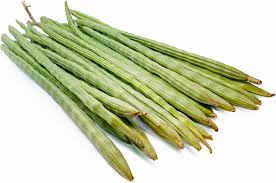
Drumstick vegetable pods at a market
The immature seed pods are called “drumsticks”. They are prepared by parboiling and cooked in a curry until soft. The seed pods/fruits, even when cooked by boiling, remain high in vitamin C (which may be degraded variably by cooking), and are also a good source of dietary fiber, potassium, magnesium, and manganese.
Seeds
The seeds are removed from mature pods and eaten like peas or roasted like nuts.
Seed oil
Mature seeds yield 38–40% edible oil called ben oil from its high concentration of behenic acid. Commercially, behenic acid is often used to give hair conditioners and moisturizers their smoothing properties. If used as a food it can raise cholesterol levels.
Roots
The roots are shredded and used as a condiment with sharp flavor qualities deriving from the significant content of polyphenols. According to some studies, polyphenols interfere with nutrient intake.
Culinary uses
People worldwide use Moringa in their kitchens in different ways. The edible parts are its leaves, seedpods (drum sticks), flowers, seeds, and roots.
Traditional medicine and research
Traditional medicine practitioners use the bark, sap, roots, leaves, seeds, and flowers. There is no high-quality evidence to indicate that it has any effect on health or diseases..
Potential adverse effects
There is not enough lab study data to indicate that certain compounds in the bark and roots or their extracts may cause adverse effects when consumed in excess.
Other uses
In developing countries, Moringa has the potential to improve nutrition, boost food security, foster rural development, and support sustainable land care. It is used as forage for livestock, a micro nutrient liquid, a natural anthelmintic, and a possible adjuvant.
Moringa leaf powder can be used for handwashing when wetted in advance to enable anti-septic and detergent properties from phytochemicals in the leaves.
Seeds of this tropical tree contain water-soluble, positively charged proteins that act as an effective coagulant for water and wastewater treatment.
References:
- https://en.wikipedia.org/wiki/Moringa_oleifera
- https://www.sciencedirect.com/science/article/pii/S2213453016300362#bib041


